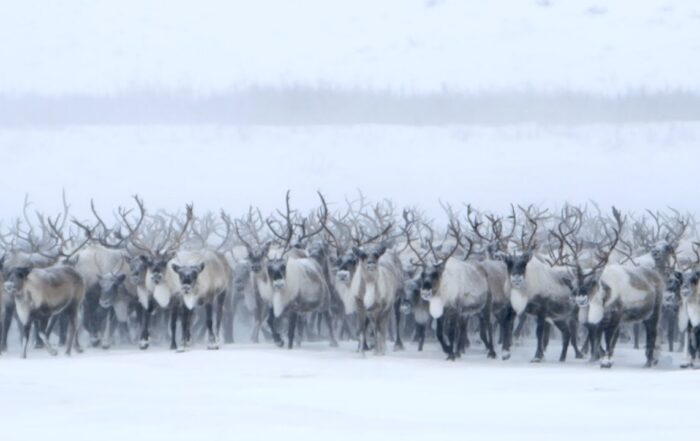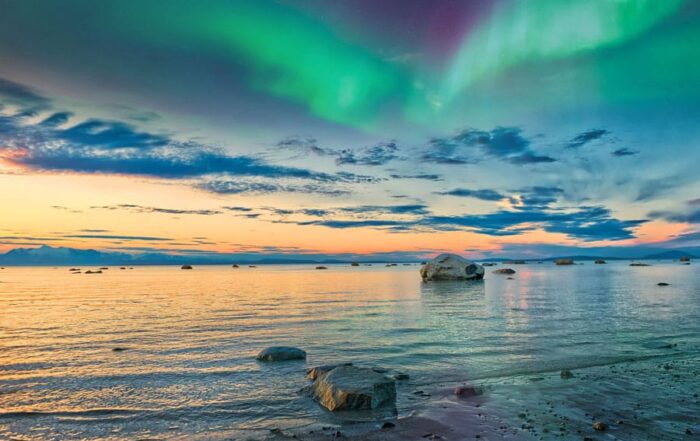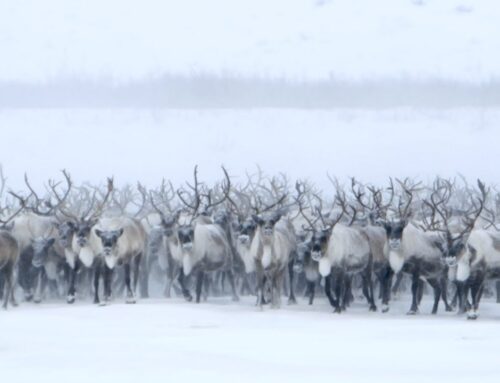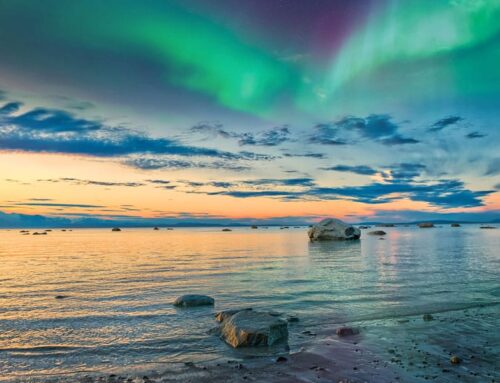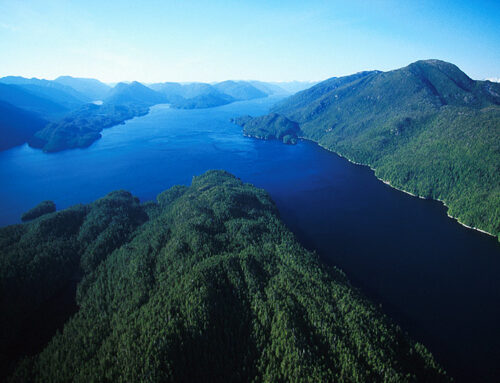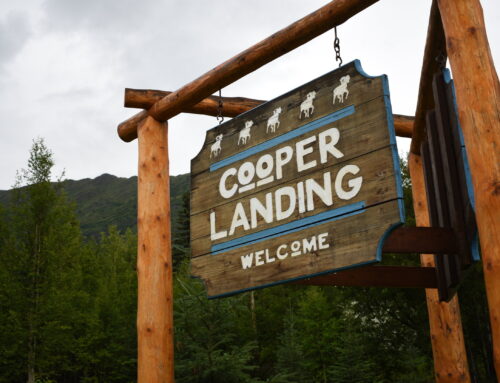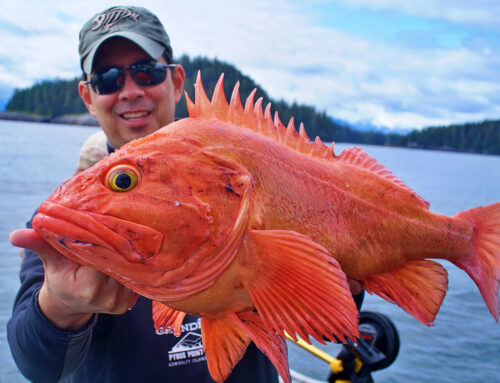The Pacific Walrus: A Conservation Success Story
In the vast wilderness of Alaska’s Bristol Bay region, a remarkable conservation success story is unfolding—one that centers around the Pacific walrus. These fascinating marine mammals have faced a tumultuous history, marked by centuries of overhunting and environmental challenges. However, thanks to dedicated efforts and cooperation between Alaska Native communities, state and federal agencies, and conservation organizations, the Pacific walrus is making a remarkable comeback.
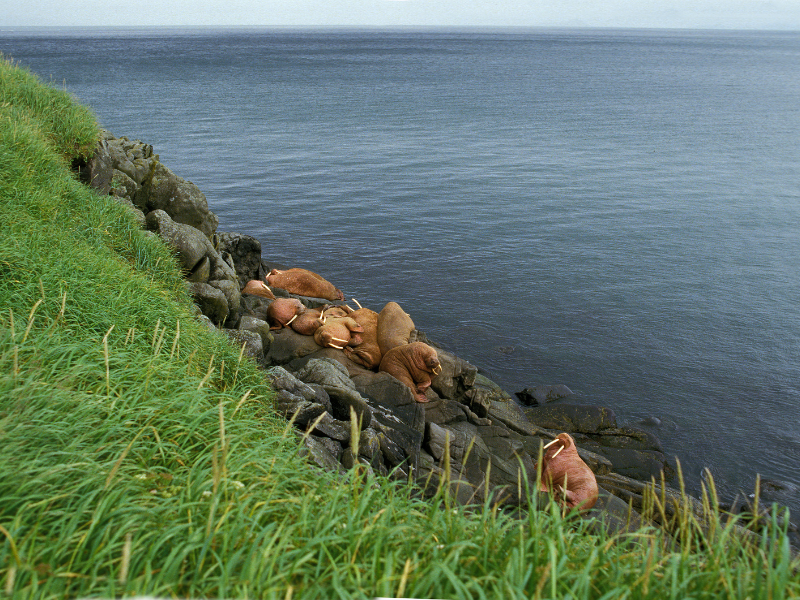
Historical Significance of the Walrus Islands
The Walrus Islands, a group of seven small isles, hold immense historical and cultural significance. The islands bear names like Qayassiq (Round Island), Summit Island (Qilkeq), Crooked Island (Nunalukaq), High Island (Ingriqvak), Black Rock Island (Ingricuar), and The Twins islands (Nunevragak), each name reflecting a unique aspect of their heritage. Archaeological excavations in the 1980s revealed evidence of human habitation on these islands dating back to ancient times, corroborating oral traditions and historic accounts. Between 4300 BCE and 1400 BCE, the Walrus Islands were inhabited, representing some of the earliest known coastal settlements in southwestern Alaska. These sites provide valuable insights into the Northern Archaic and Arctic Small Tool traditions, showcasing the adaptation of these communities to a marine-focused lifestyle, primarily centered around walrus hunting.
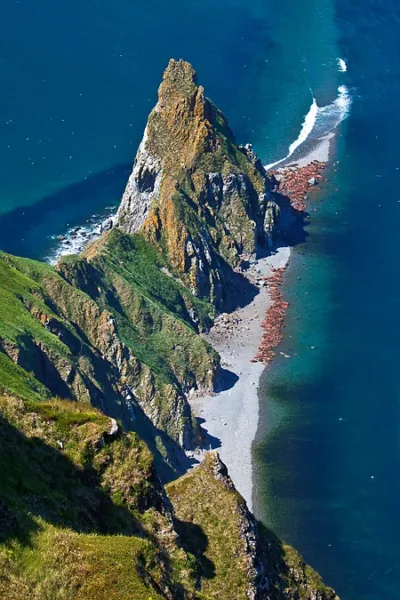 The transition between the Arctic Small Tool tradition and the Norton tradition between 700 BCE and 1000 BCE marked a period of population growth and technological advancement. Semi-permanent Norton tradition villages emerged on the islands, revealing intricate artifacts and a mix of land and sea resource utilization. Around 1000 CE, the Thule tradition replaced the Norton tradition in the Walrus Islands, reflecting a complex blend of cultures and increased contact and migration across Alaska. From the 16th century to the mid-20th century, the global fur trade put Pacific walrus populations at risk. As the demand for walrus oil, ivory, hides, and meat soared, over 200,000 walruses were commercially harvested between 1869 and 1880 alone.
The transition between the Arctic Small Tool tradition and the Norton tradition between 700 BCE and 1000 BCE marked a period of population growth and technological advancement. Semi-permanent Norton tradition villages emerged on the islands, revealing intricate artifacts and a mix of land and sea resource utilization. Around 1000 CE, the Thule tradition replaced the Norton tradition in the Walrus Islands, reflecting a complex blend of cultures and increased contact and migration across Alaska. From the 16th century to the mid-20th century, the global fur trade put Pacific walrus populations at risk. As the demand for walrus oil, ivory, hides, and meat soared, over 200,000 walruses were commercially harvested between 1869 and 1880 alone.
This intensive hunting threatened the species with extinction. In response to this crisis, the Walrus Islands State Game Sanctuary was established in 1960 to protect wildlife. Alaska Native communities played a vital role in advocating for the restoration of their hunting rights, culminating in the establishment of the Qayassiq Walrus Commission in 1995. This commission, representing seven Alaska Native tribes, collaborated with government agencies to manage walrus populations and hunting in a sustainable and responsible manner.
Today, the Pacific walrus population is estimated at around 200,000 individuals, thanks to the combined efforts of conservationists and Alaska Native communities. The story of the Pacific walrus in the Walrus Islands highlights the importance of respecting indigenous knowledge and traditions in the preservation of our natural world. As we look to the future, let us continue to work together to ensure the Pacific walrus and other threatened species thrive in the face of evolving challenges.Your Content Goes Here
Photos courtesy of National Geographic, Walrus Island Archeological District National Historic Landmark (nps.gov)

